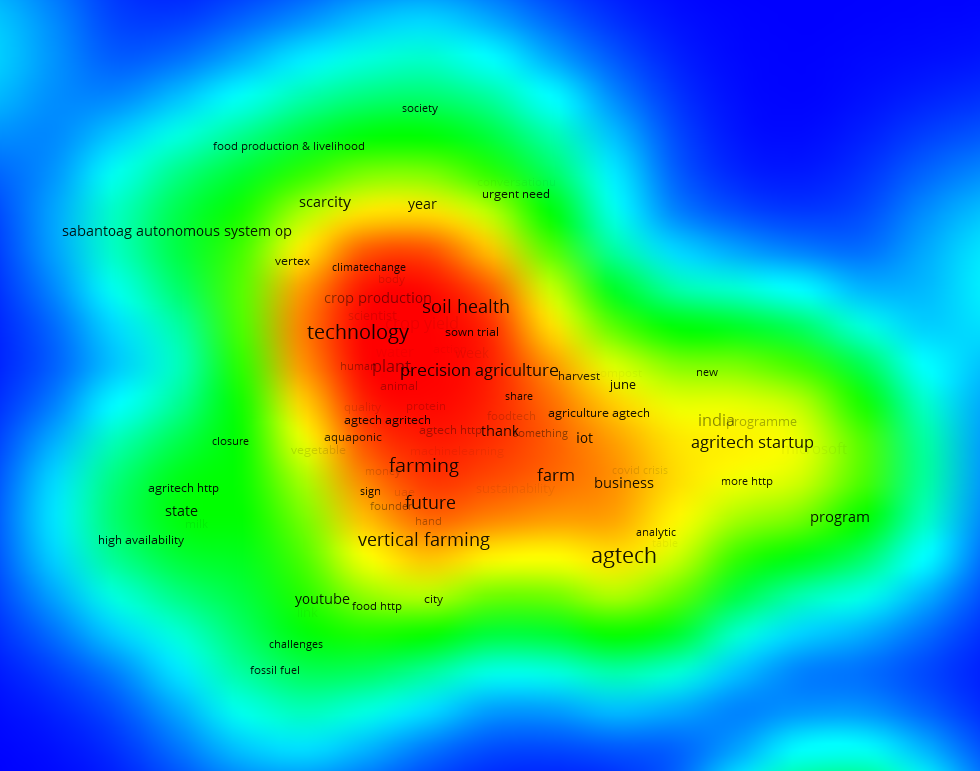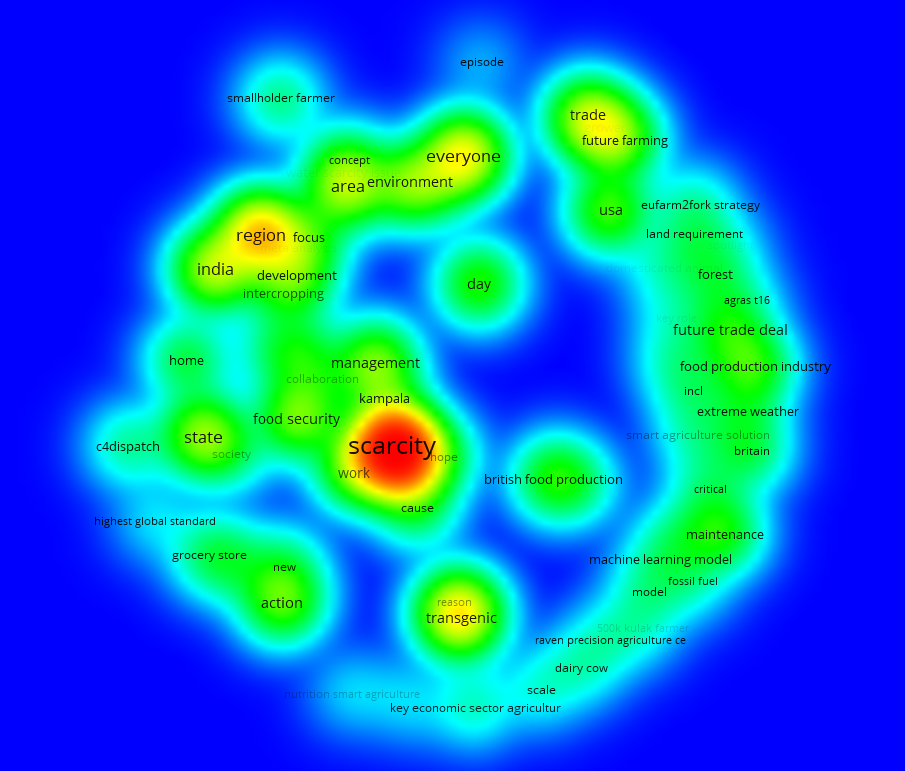The Strong Potential of Weak Signal Analysis
Following on from our last blog discussing the arrival of digital disruption in the agricultural industry, here we decipher the future of innovation or change using trend analyses, identifying the essential transformational axes critical to making this happen.
Trend analysis allows us to build transformation axes, a concept championed by Dick Lee at Value Innovations, which highlights the direction of travel from where we are now to the end state in the given industry. By understanding possible future changes in culture, technology or market shares, we can strategize the requirements needed to get from A to B. For example, take the automotive industry which is currently seeing a shift from petrol and diesel vehicles to innovative electric and hybrid models. The transformation axes, in this case, is electrification which has caused a seismic shift to electric vehicles ruling our motorways.
A way of gaining a better understanding of the potential transformation axes is through weak signal analysis, a facet of trend analysis, offering an early warning of alternative futures. A weak signal is defined as an irregular and previously unrecognised piece of information which may develop into a high impact change. If this low-level information is ignored, distorted or dismissed, it may leave an innovation or idea exposed to uncontrollable change.
We have seen examples of missed weak signals of change throughout history. Take NASA for example which despite multiple warnings from engineers regarding risky O-ring seals, continued with the launch of the Challenger space shuttle in 1986, resulting in catastrophe.
By attempting to identify transformational axes and weak signals through human endeavour alone, personal biases such as selective perception, rationalisation, wishful thinking or hindsight bias mean the analysis lacks thoroughness and accuracy. The human mind simply cannot process such copious inputs in the same way a computer can.
Applying Text Mining software changes everything, reducing the chances of human error in weak signal analysis
by utilising distributed intelligence and extended networks. The software has the ability to delve into millions of pieces of information to identify real-time weak signals helping every company define and understand the transformation axes bringing seismic changes to its business.
At Text Mining Solutions we have previously worked on projects where weak signal analysis is used to identify key themes in precision agriculture, such as hydroponics, drones, gene editing, agtech, and soil health. The question was: are these transformation axes or just main-stream industry topics? These themes are topics we are well aware of, however, what we need to investigate is whether they are the disruptors of the future or whether the weak signal analysis points elsewhere.
Below, you can see how the process of weak signal analysis develops. The first diagram highlights the hot topics in precision farming, such as soil health, agtech and vertical farming. However once stripping the hot topics, the weak signals are now revealed, uncovering water scarcity, trade policy, food security and transgenic crops as weaker signals.


According to MIT Sloan, fewer than 20% of global companies have the capacity to identify, interpret and act on the weak signals of forthcoming threats and opportunities. This may be due to group conformity resulting in irrational or dysfunctional decision-making, or even polarization causing reduced cooperation and divided opinions amongst a team.
Using TMS to identify weak signals and transformation axes in your business provides an accurate and vast insight into what the future may hold in your industry. Businesses who understand their transformation axes will survive and thrive.
In today’s digital world of business, there is no reason whatsoever to miss out on the crucial information which is right under your nose.
MIT Sloan Management Review: How to Make Sense of Weak Signals (accessed 18/06/2020)
